Wild Chervil
This plant is very invasive and can be a real problem for arable farmers as well as taking over roadside verges and hedgerow bases.
| Hedgerow Type | |
| Common Names | Wild Chervil, Cow Parsley |
| Scientific Name | Anthriscus sylvestris |
| Season Start | Mar |
| Season End | Nov |
Leaves
Fern like and a bit like flat leaved parsley. Can be slightly curled and hairy, pinnate and rough to the touch.
Possible Confusion
Many poisonous umbellifers like young Hemlock, Fools Parsley, Hemlock Water Dropwort and a couple of others. We don’t use Wild Chervil as its taste doesn’t warrant the risk of confusing it with other deadly members of its family. If you want to pick a parsley flavoured plant we recommend sticking to Ground Elder!
The adjacent picture is showing a Hemlock leaf.
Smell
A bit like parsley or carrot, mildly sweet but with grass in the background.
Taste
Like mild parsley with a slight licorice or aniseed hint but also a touch of grass.
Frequency
Very common.
Collecting
The leaves are one of the first to emerge after a severe winter, otherwise they continue to grow all year.
Medicinal Uses
Chervil has been used in various folk medicines. It was claimed to be useful as a digestive aid and for lowering high blood pressure.
Other Facts
Apparently for baiting slugs!



 (18 votes, average: 3.61 out of 5)
(18 votes, average: 3.61 out of 5)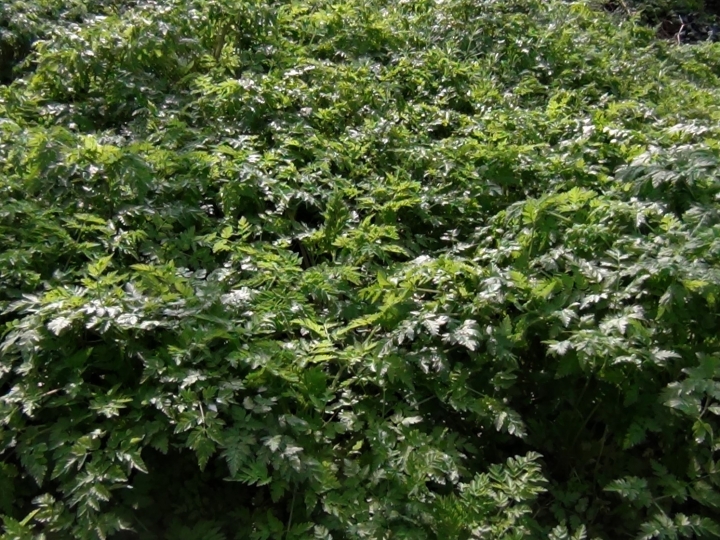
















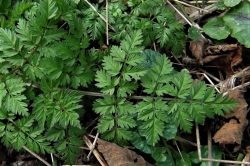
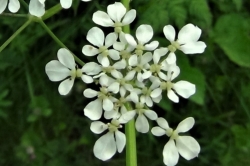
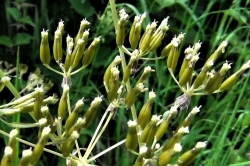
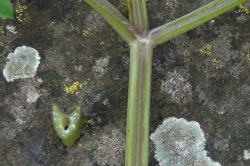
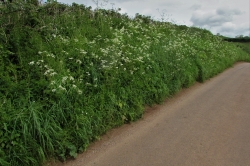
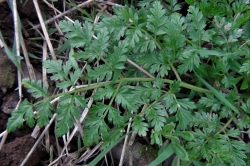





COMMENTS